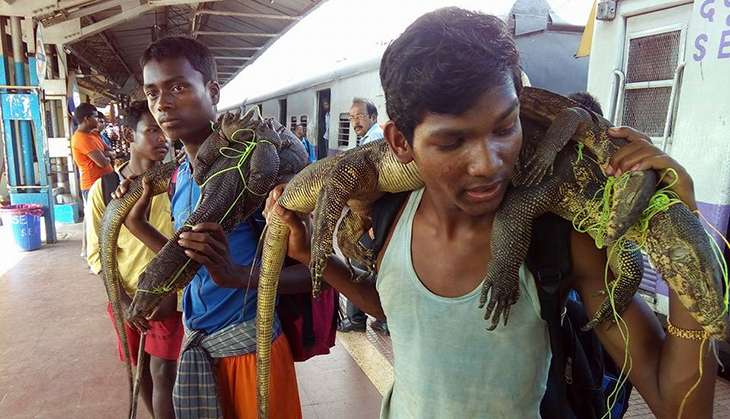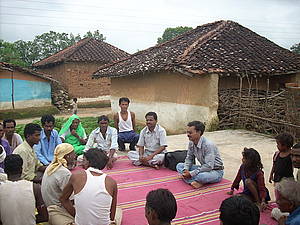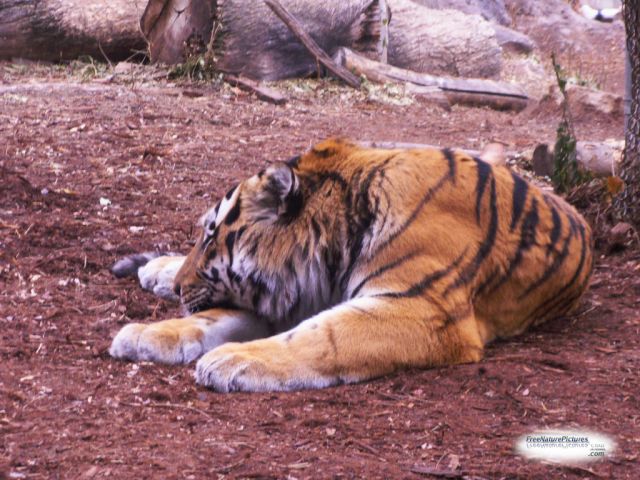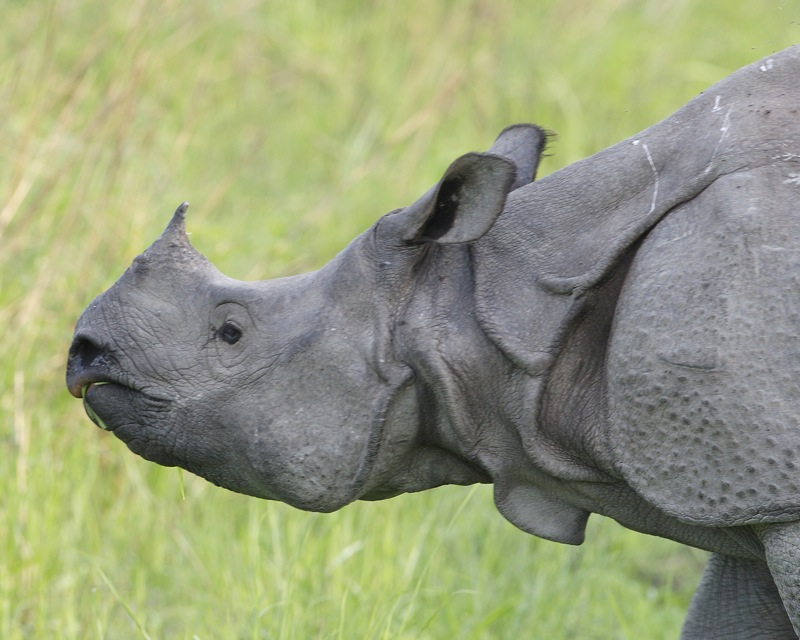When the world was celebrating World Environment Day on June 5th this year, as part of a ritual of a hunting festival in West Bengal, about 5000 animals were being hunted using slingshots, bows, arrows and knives. This gruesome act was reported by a Kolkata-based organisation and Sanctuary Asia magazine.
The shockingly brutal incident took place in the East Midnapore district of West Bengal between the 3rd and 6th of June 2016 on the occasion of ‘Jyeshtha Amavasya’ or new moon.
Caught in the act
As the hunters were taking back the hunt, they were intercepted by members of People United for Better Living in Calcutta (PUBLIC), an NGO and the state forest department at various railway stations between Howrah and Kharagpur.
The hunters were caught red-handed with the remains of 28 wild animals. Among these, four species have been given highest level of protection under the law – the Bengal monitor lizard, Water monitor lizard, Golden monitor lizard and fishing cat.
Other species such as golden jackals, jungle cat, common palm civet, flame-backed woodpecker and white-throated kingfisher were also found to be victims of these hunters.

After having hunted down thousands of animals, the hunters were also found to be defiantly cooking some of that meat in the open on railway station platforms.
According to members of PUBLIC, thousands of hunters entered the forests for the hunting festival. They were stopped at several locations by the state forest department officials and members of the NGO.

Five groups were held at Panskura and Khirai in East Midnapore while others were caught at Deulti and Baghnan in Howrah district. Those animals that were fortunate enough to be alive were released into the forest by the officials and the remaining carcasses were confiscated.
The NGO PUBLIC claims that there are other such hunting festivals in the months of April and May and with support and cooperation from the railways, they can be curbed.
According to them, the railway officials turned a blind eye to these atrocities, not taking action even as the audacious hunters cook the hunted meat on the railway platform.
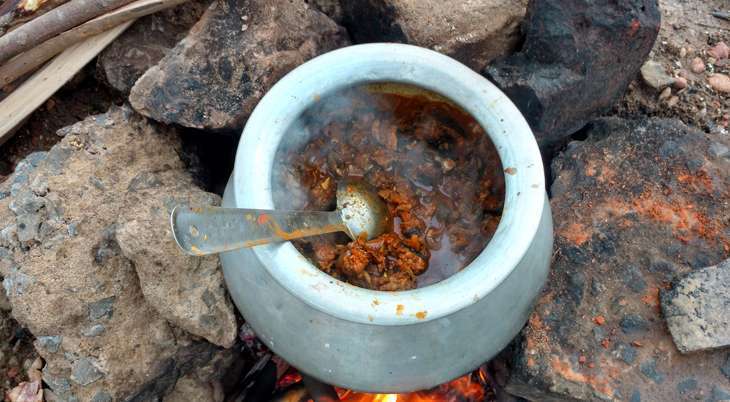
Casting a blind eye
This is the first time that such a large-scale hunt has been intercepted. On June 5th, at Panksura railway station, there were many wild animals, some alive and some being cooked on the platform on open stoves.
“On a day when the Eastern Railway ran press advertisements about World Environment Day, the Railway Protection Force stood and watched Bengal’s biodiversity being decimated… the railway police instead of helping us, accused us of creating trouble,” Meghna Banerjee of PUBLIC said in a statement.
“If railway authorities choose to work in tandem with the forest department, in-roads can be made towards stopping the massacre and educating these hunters about the importance of biodiversity and the laws of the land,” the statement said.
“It is unfortunate to see that the forest department, police and railway authorities do not coordinate with each other to stop such dangerous activities despite many efforts to bring them onto a common platform through training and workshops,” said Shekhar Niraj, head of TRAFFIC India, an organisation that works to curb illegal trafficking of wildlife.
“Such failures are a sign of a weak national policy on wildlife enforcement, poorer implementation, and a reflection of complete insensitivity to wildlife protection in India,” Niraj added.
“Traditionally, hunting was once an integral part of many Indian tribal cultures. However, given the scale of the East Midnapore wildlife massacre and the anthropogenic pressures already exerted on the forests of the country, it is no longer sustainable,” Bittu Sahgal, editor, Sanctuary Asia magazine, said.
Ironically, not one of the hunters has been arrested.
More Related Stories,
Everything You Need To Know About Pangolin Poaching
Assam Government Plans 8 Key Strategies To Protect Rhinos
India Has The Highest Forest Ranger Mortality Rate In the World


